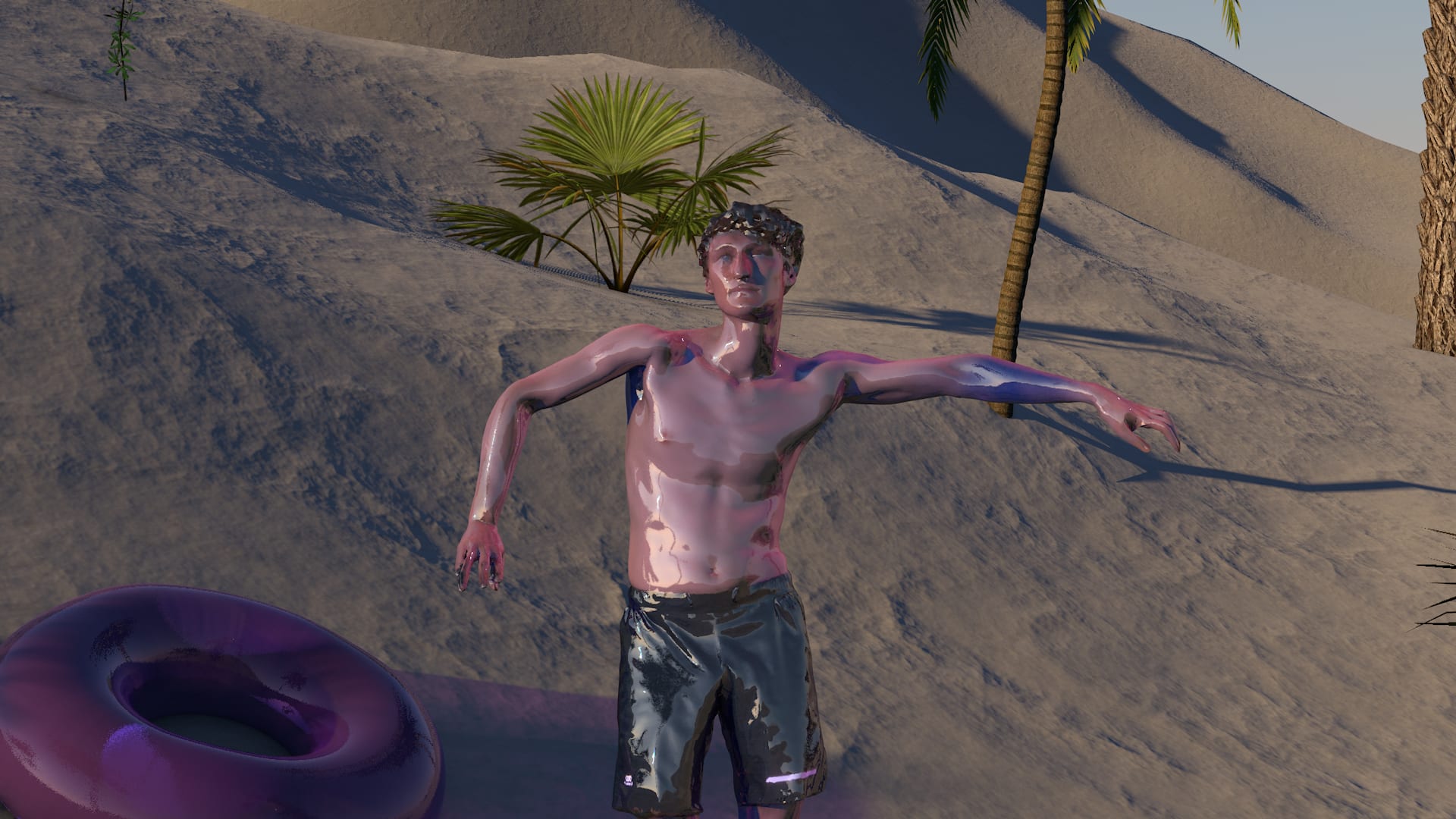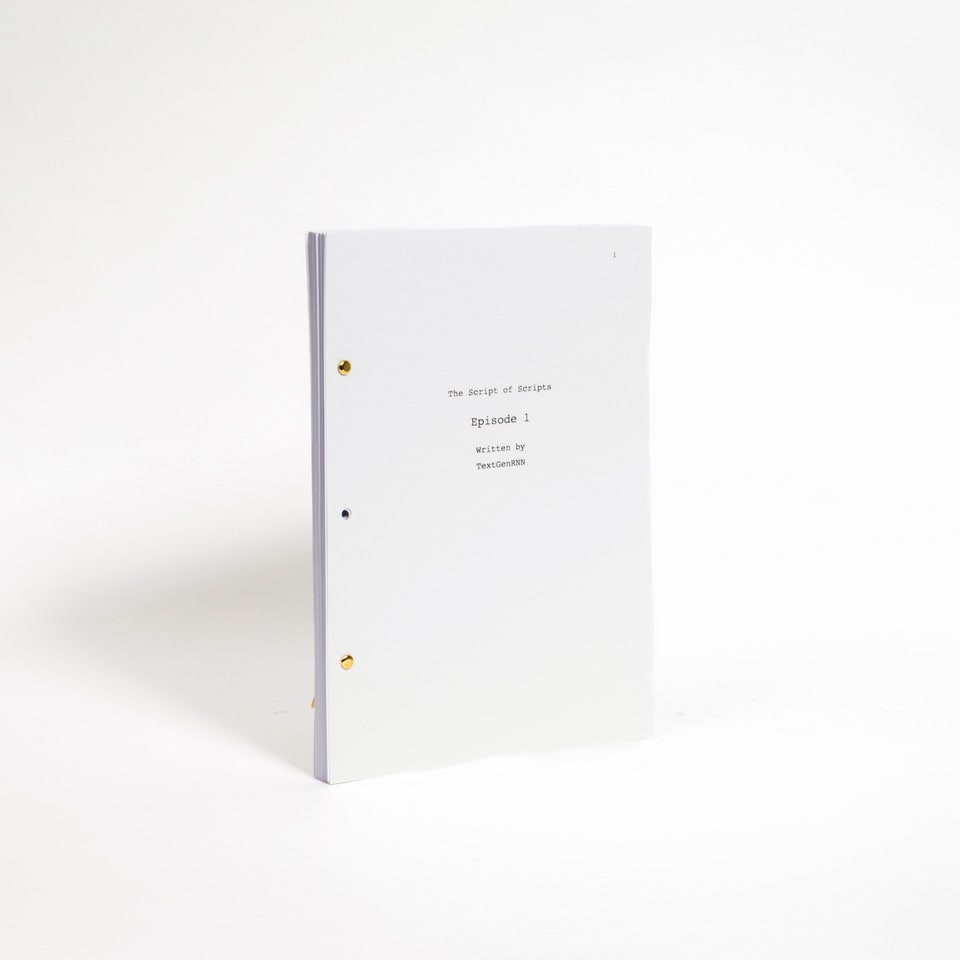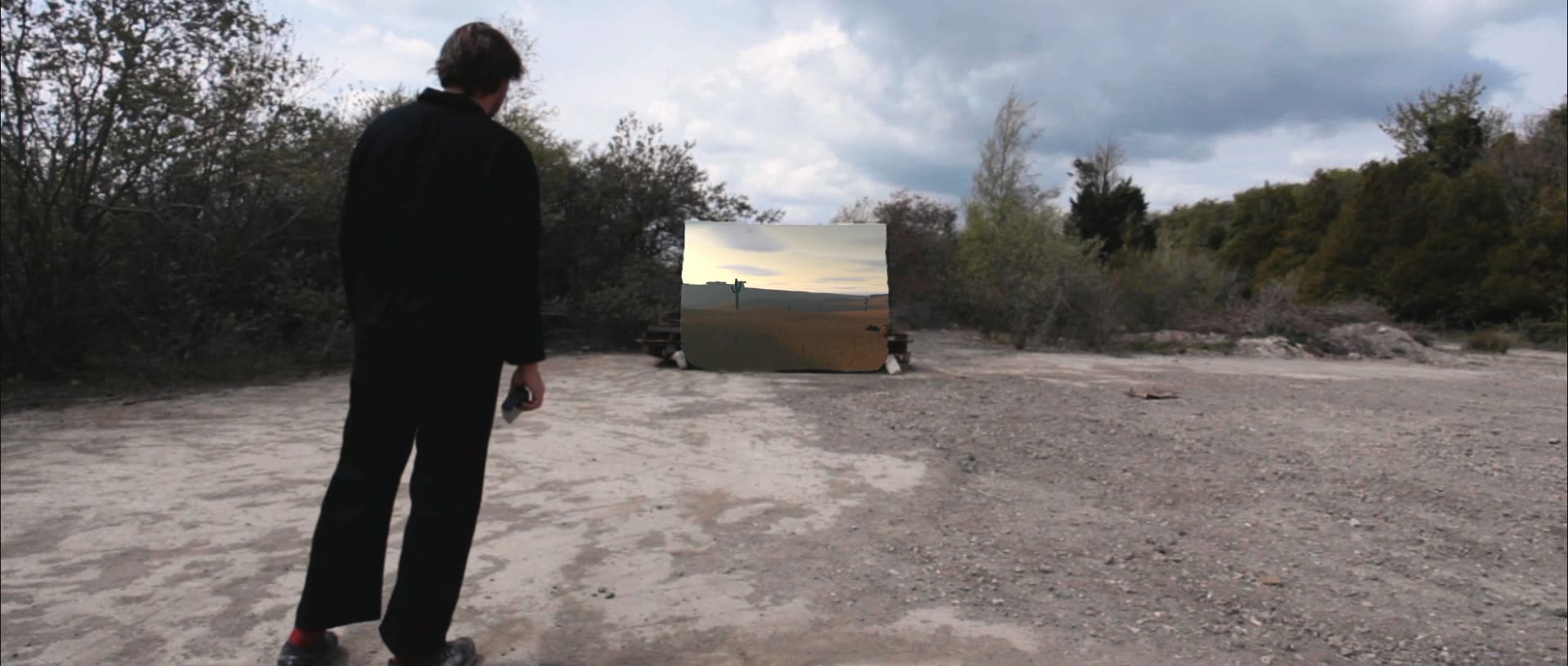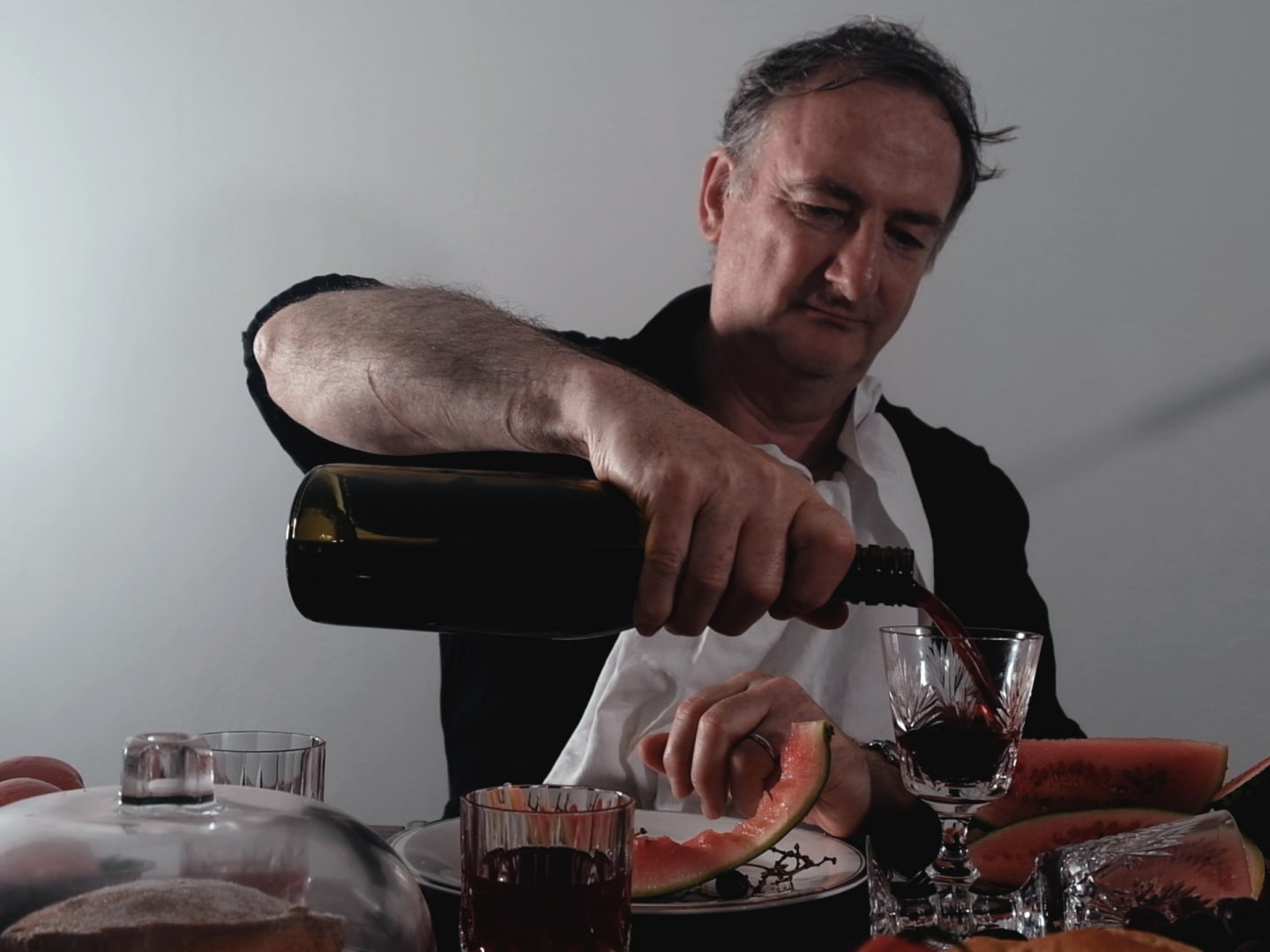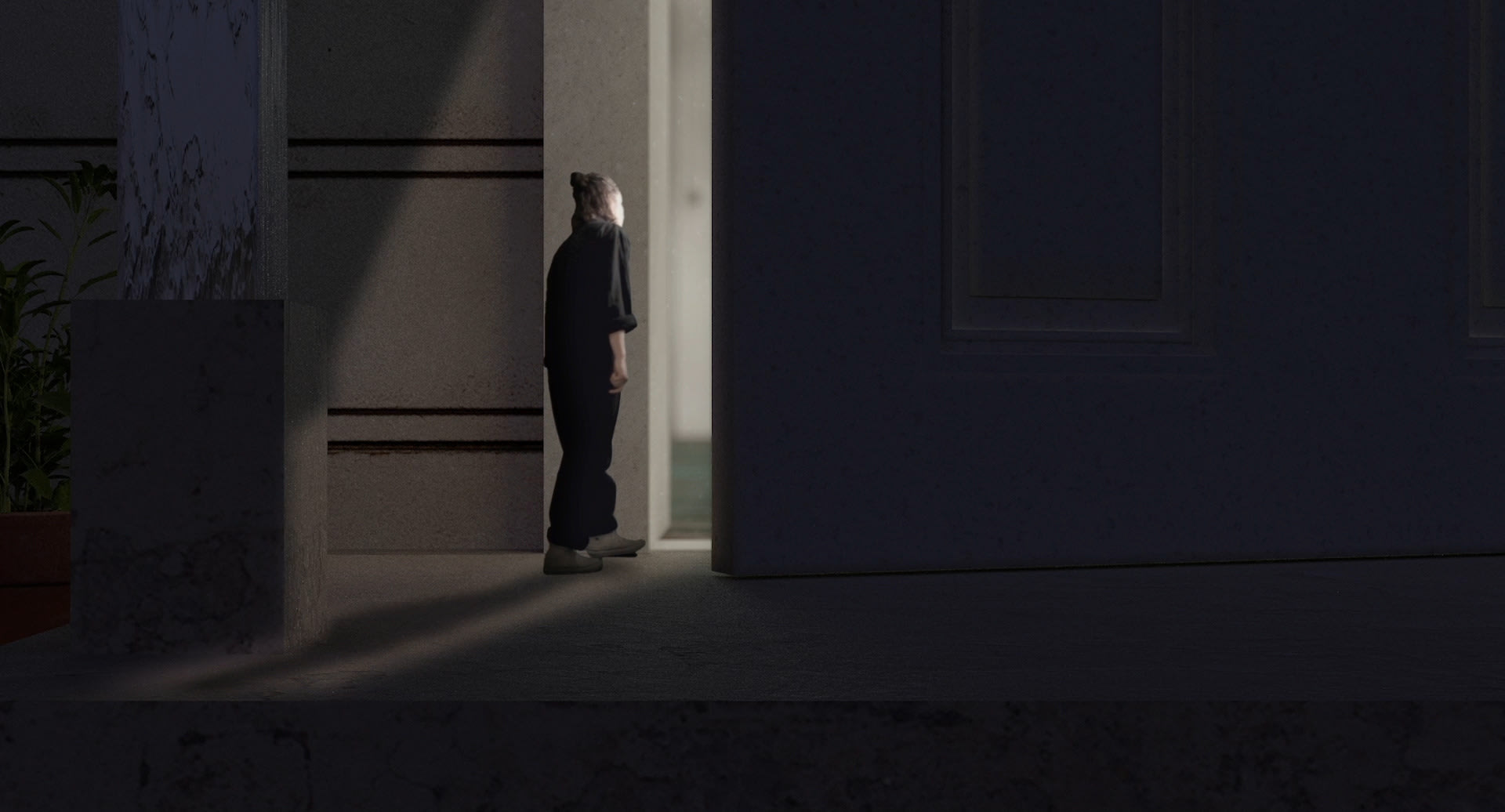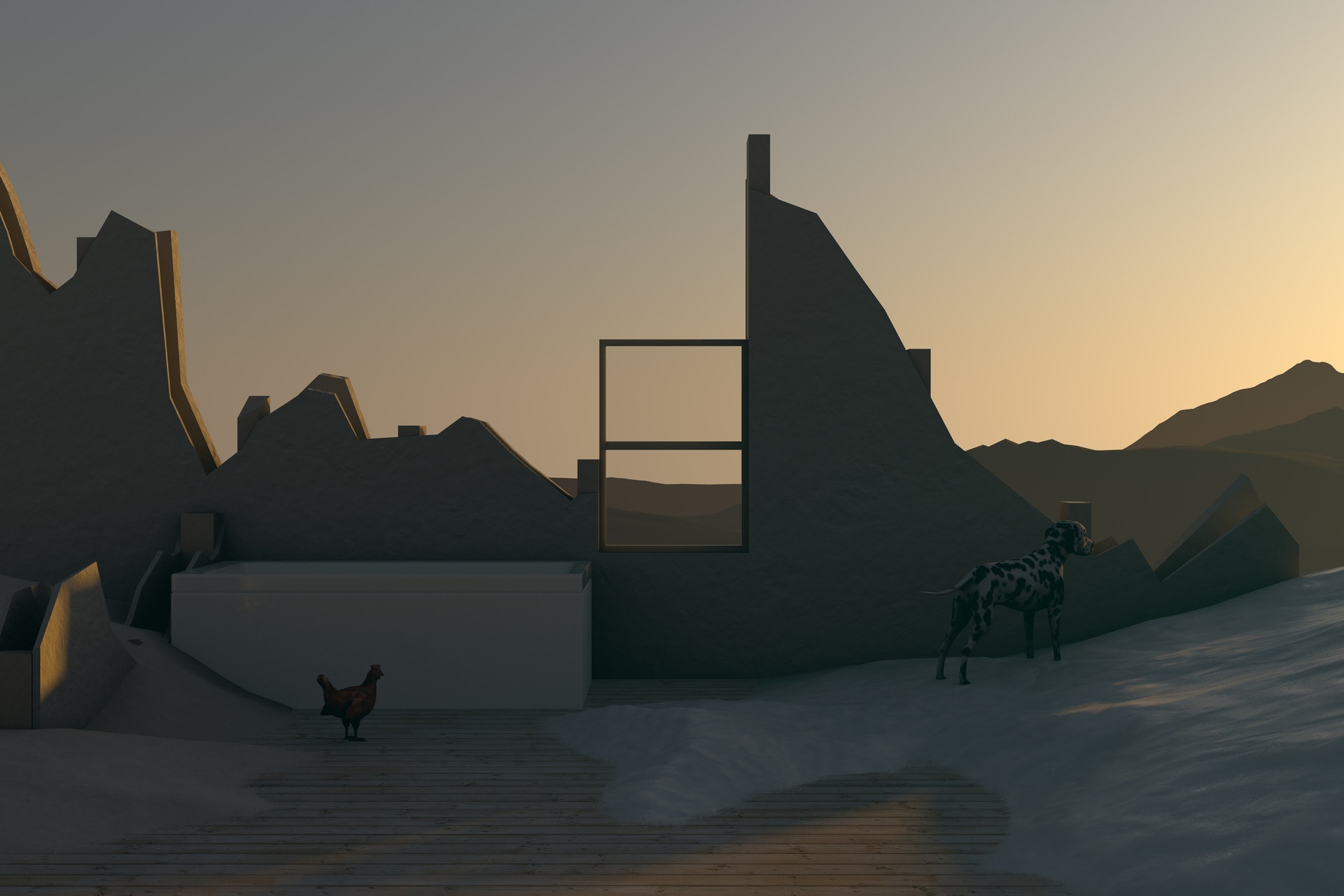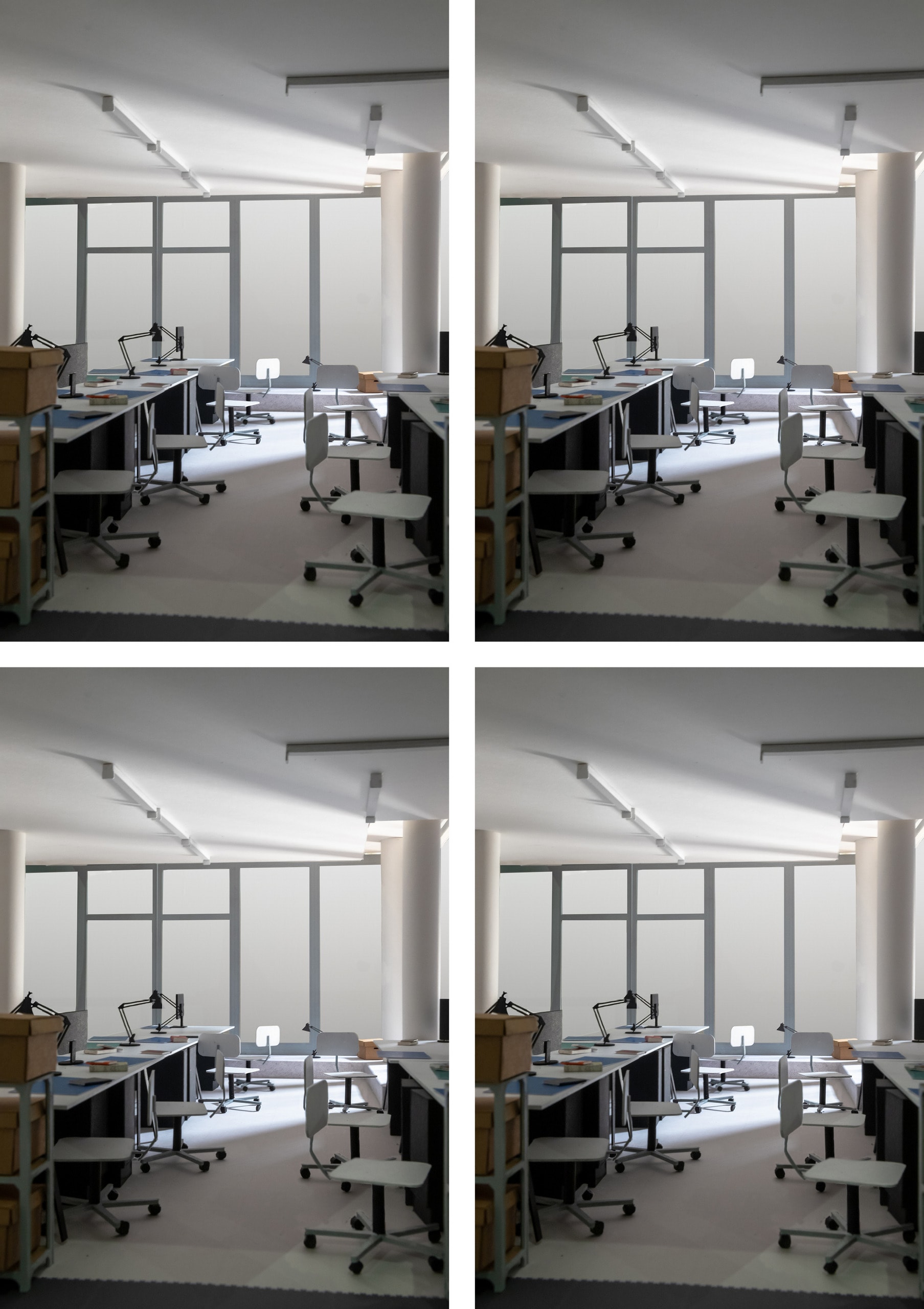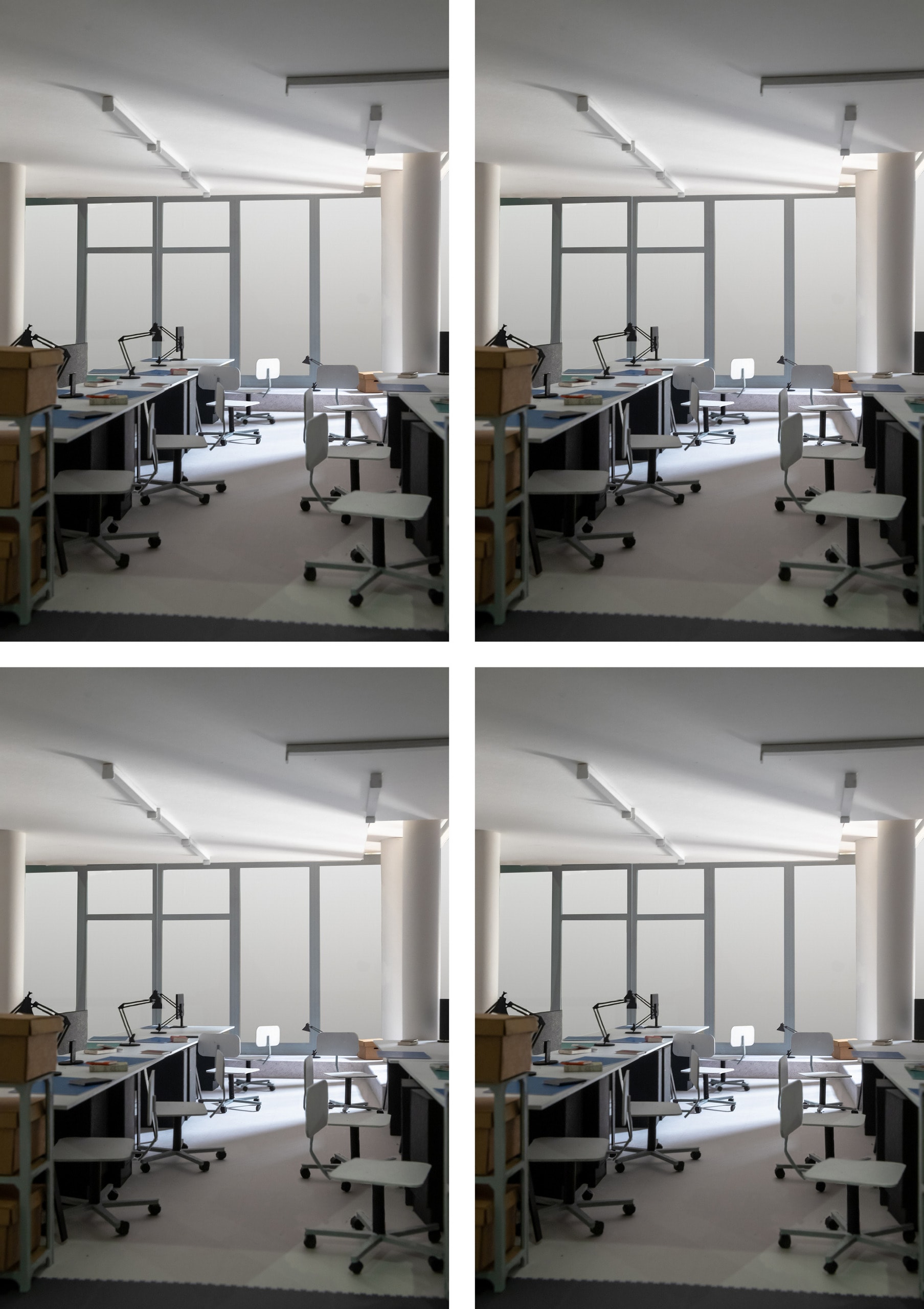Paul Bisbrown is a designer whose work engages at the intersection of animation, film and technology. His work focuses upon using speculative narratives to progress discourse, driven through a variety of media.
Having completed his undergraduate studies at Oxford Brookes School of Architecture - in which his projects received various awards, including being nominated for RIBA bronze and being listed as Blueprint's 2016 'One's to Watch' - Paul has since gone on to work at a variety of prestigious practices, including Mary Duggan Architects, Morris and Company and Carmody Groarke. Throughout this time, Paul has been engaged in numerous projects, varying in scale, sector and budget.
Having joined the RCA in 2018, Paul studied within ADS 4 across his time there, developing an attitude towards engaging with architecture with new and innovative responses. Paul continues to pursue his interests in moving image and its relationship with architecture beyond his studies at the RCA, both in practice and as a member of design collective +44.
